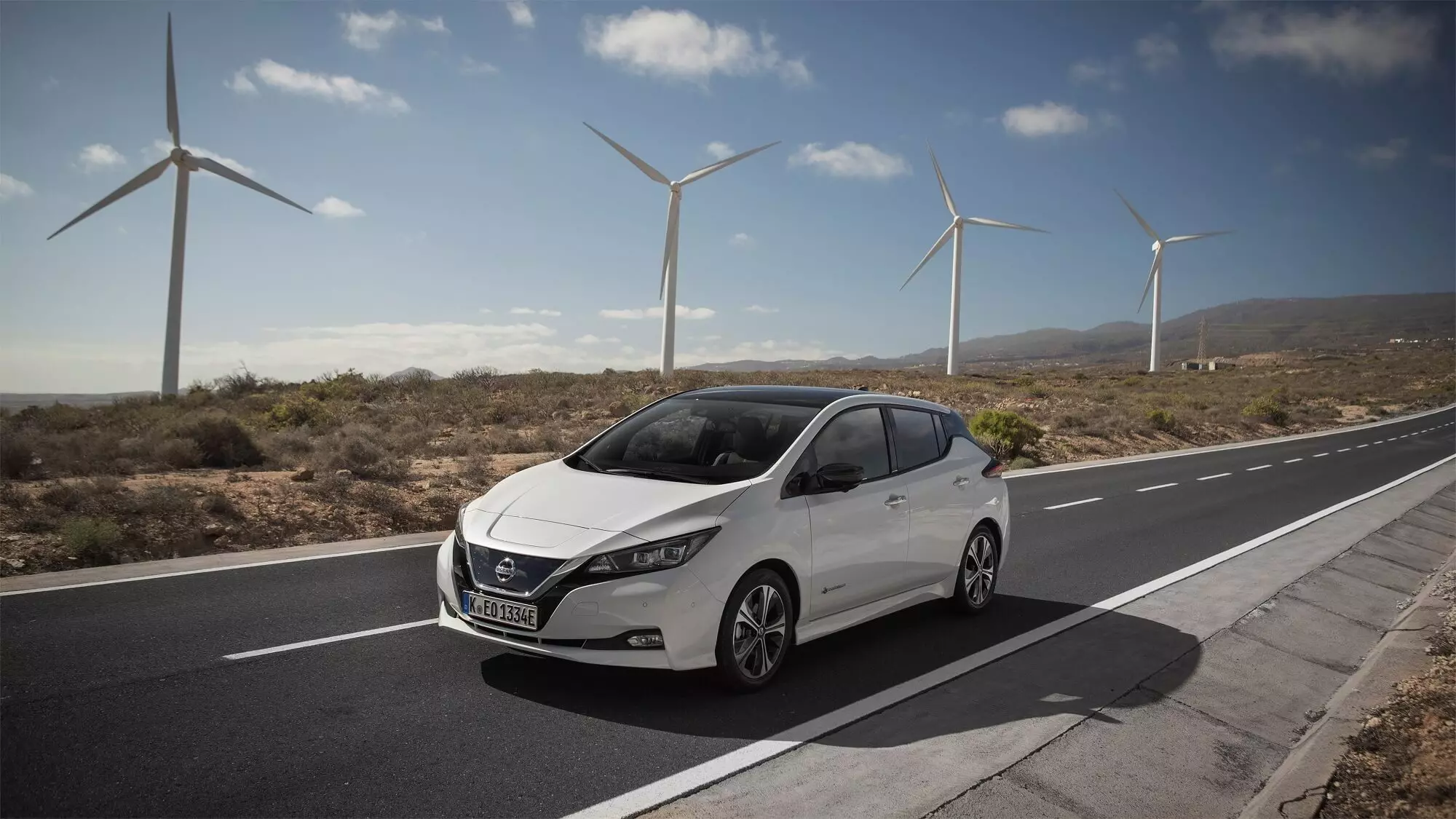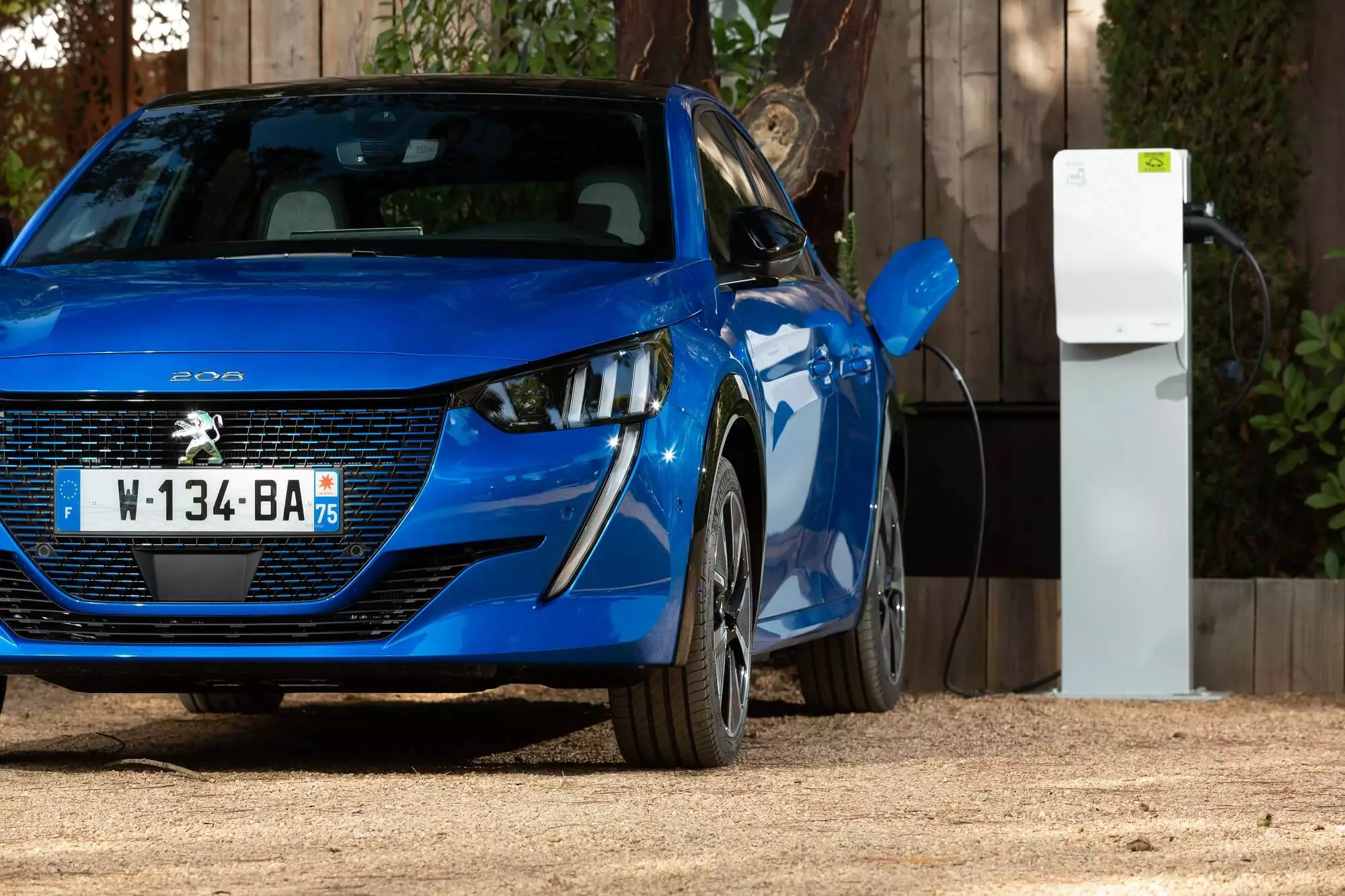In the next three years, around 80 thousand jobs in the automobile industry will be eliminated. The main reason? The electrification of the automobile.
Just last week, Daimler (Mercedes-Benz) and Audi announced the cut of 20 thousand jobs. Nissan announced this year the cut of 12 500, Ford 17 000 (of which 12 000 in Europe), and other manufacturers or groups have already announced measures in this direction: Jaguar Land Rover, Honda, General Motors, Tesla.
Most of the announced job cuts are concentrated in Germany, the United Kingdom and the United States of America.

However, even in China, the world's largest automobile market and the one that concentrates the largest global workforce associated with the automobile industry, the scenario does not look rosy.
Subscribe to our newsletter
Chinese electric vehicle manufacturer NIO has announced it has cut 2000 jobs, more than 20% of its workforce. The contraction of the Chinese market and the cut in subsidies for the acquisition of electric vehicles (which led to a drop in sales of electric vehicles in China this year), are among the main reasons for the decision.
Electrification
The automotive industry is undergoing its most significant change since… well, since it emerged at the beginning of the 20th century. XX. The paradigm shift from a car with a combustion engine to a car with an electric motor (and batteries) requires massive investments by all car groups and manufacturers.Investments that guarantee a return, even in the long term, if all the optimistic forecasts of the commercial success of electric vehicles come true.
The result is the forecast of a drop in profitability margins in the coming years — the 10% margins of the premium brands will not resist in the coming years, with Mercedes-Benz estimating that they will fall to 4% —, so the preparation for the next decade is being at the pace of multiple and ambitious plans to reduce costs to mitigate the impact of the fall.
Furthermore, it is predicted that the announced lower complexity of electric vehicles, especially related to the production of electric motors themselves, will mean, in Germany alone, the loss of 70,000 jobs over the next decade, putting in risk a total of 150 thousand posts.
Contraction
As if that weren't enough, the global car market is also showing the first signs of contraction — estimates point to 88.8 million cars and light commercials produced globally in 2019, a reduction of 6% when compared to 2018. In 2020 the scenario contraction continues, with forecasts putting the total below 80 million units.

In the specific case of Nissan, which had an annus horribilis in 2019, we can add other causes, still a consequence of the arrest of its former CEO Carlos Ghosn and the subsequent and troubled relationship with Renault, its partner in the Alliance.
Consolidation
Considering this scenario of heavy investments and market contraction, another round of partnerships, acquisitions and mergers is to be expected, as we have seen recently, with the biggest highlight going to the announced merger between FCA and PSA (despite everything indicate that it will happen, still needs official confirmation).

In addition to electrification, autonomous driving and connectivity have been the motivators behind multiple partnerships and joint ventures between builders and even technology companies, in an attempt to reduce development costs and maximize economies of scale.
However, the risk that this consolidation that the industry needs to have a sustainable existence could make more factories and, consequently, workers unnecessary, is very real.
Hope
Yes, the scenario is not optimistic. However, it is to be expected that, over the next decade, the emergence of new technological paradigms in the automotive industry will also give rise to new types of business and even the emergence of new functions — some that may yet be invented —, which could mean a transfer of jobs from production lines to other types of functions.
Sources: Bloomberg.
